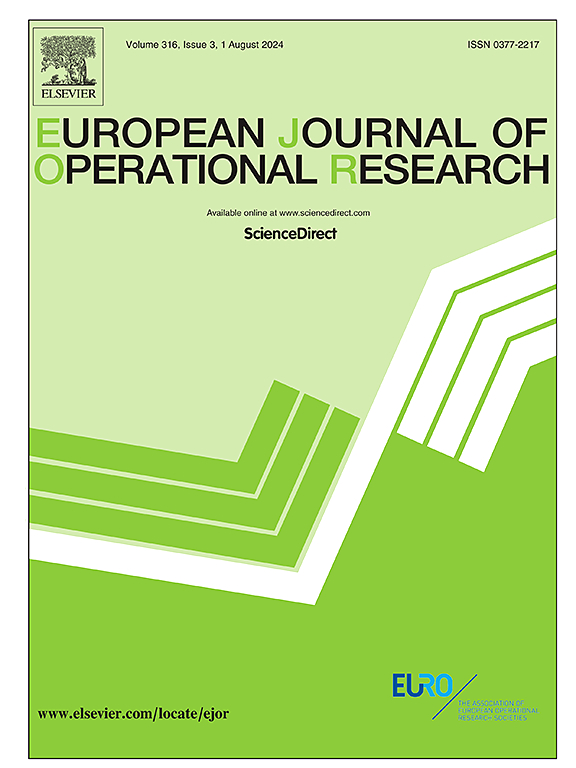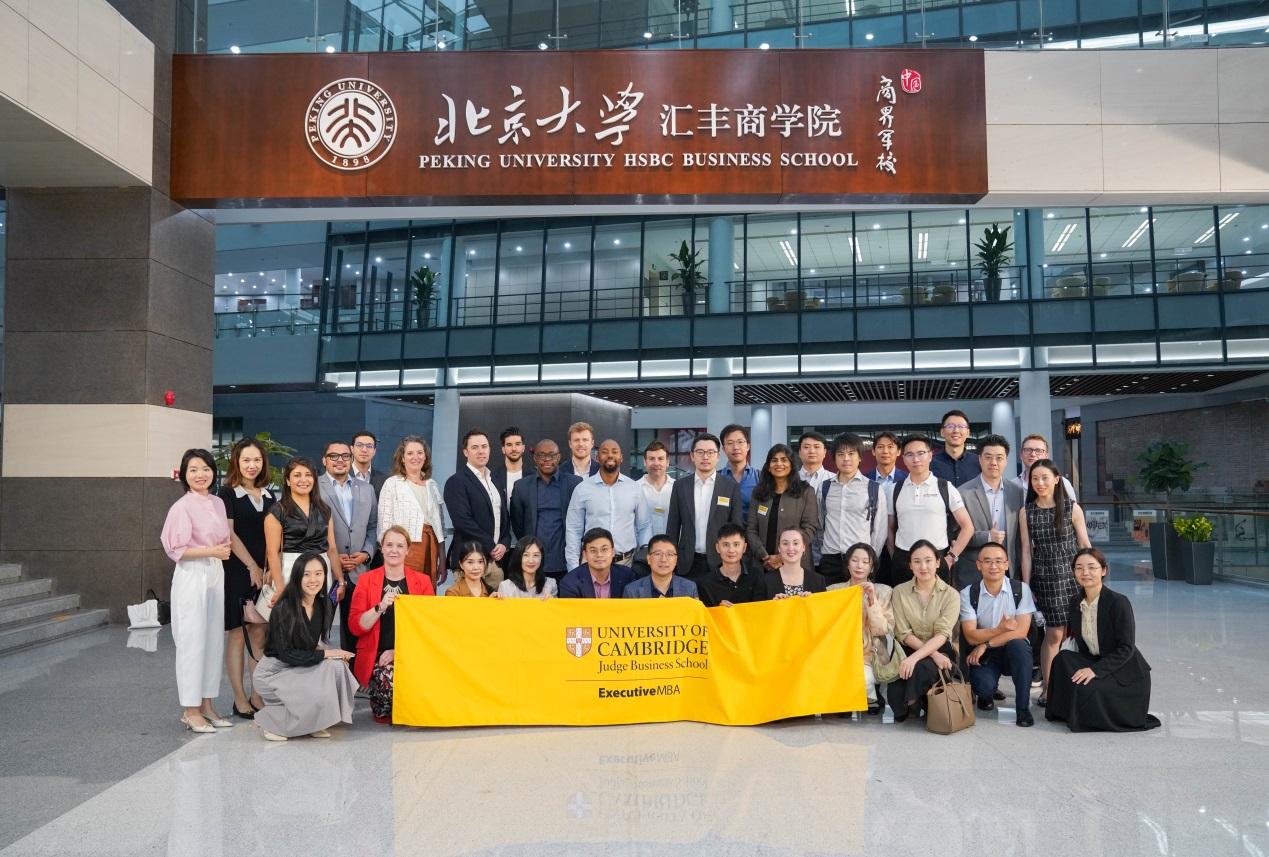The Heston model, named after Steven L. Heston, is a representative continuous-time stochastic volatility (SV) model. It assumes that the volatility of an asset is evolving over time following the Cox-Ingersol-Ross (CIR) process rather than staying unchanged. While it is not the first SV model, it became popular in finance academia and industry thanks to its analytic property. For example, the option price under the model is expressed by an inverse Fourier transform, which is relatively easy to evaluate.
As the model became increasingly popular, researchers have been studying how to simulate the paths of asset prices following the Heston model. Simulation is critical for pricing path-dependent derivatives and useful for time series analysis. A traditional method for simulating SV models is to divide time into many small intervals and simulate each step, assuming that the parameters stay constant during the interval. This time discretization method, however, often causes sizable bias in the Heston model. Broadie-Kaya made a breakthrough by proposing "exact simulation" method that is capable of sampling price after any time interval without dividing it into small time steps. While the exact simulation is accurate, it takes considerable computation cost. Later, Glasserman-Kim expedited the simulation to some extent by replacing a bottleneck step with a series of infinite Gamma random variables, which is easy to generate. Both Broadie-Kaya and Glasserman-Kim approaches must evaluate the modified Bessel function, which is computationally costly.

Prof. Choi and his coauthor, Prof. Yue Kuen KWOK from HKUST (Guangzhou), recently contributed to the Heston model's simulation algorithm by publishing the paper: "Simulation schemes for the Heston model with Poisson conditioning" in the
European Journal of Operational Research (EJOR). The paper improves Glasserman-Kim's Gamma series approach in two directions. First, they show that the Bessel function can be completely avoided if the CIR process is decomposed with the Poisson random variable, and the rest of the simulation is conditioned on the Possion variable. Avoiding the Bessel function significantly speeds up the simulation. Second, they adopted an Inverse Gamma random variable to approximate the truncated terms of the Gamma series, making the simulation more accurate. With the enhancement in both speed and accuracy, Prof. Choi’s paper made the Heston model simulation a much easier task than before.

















